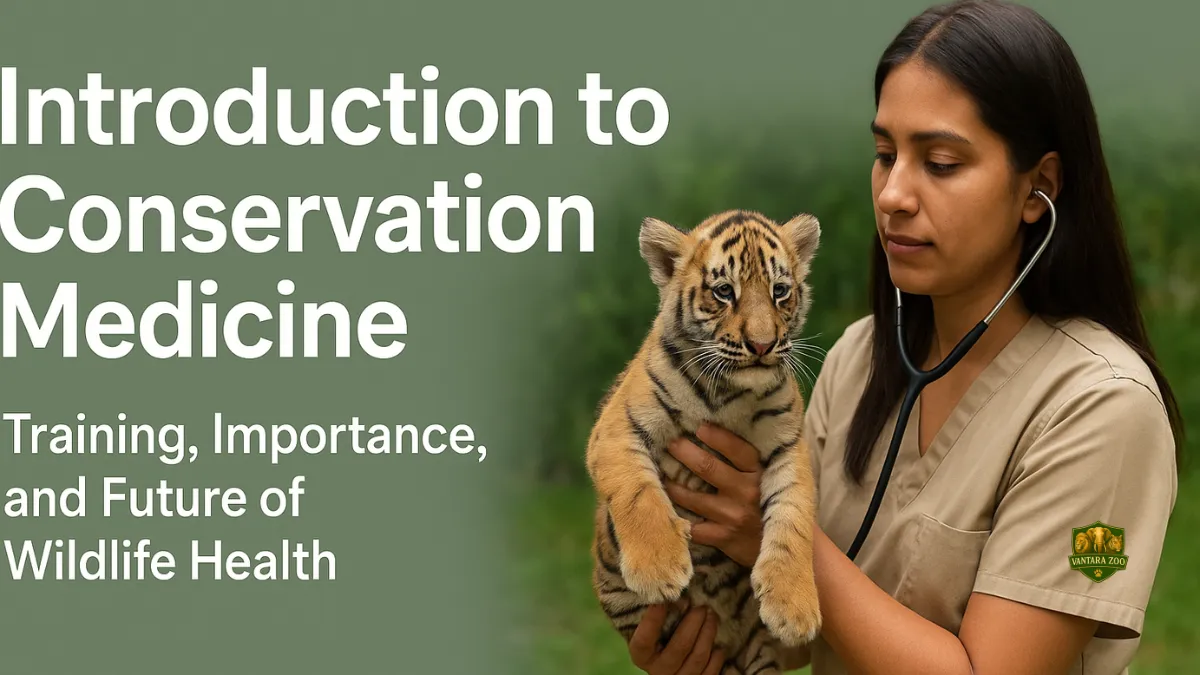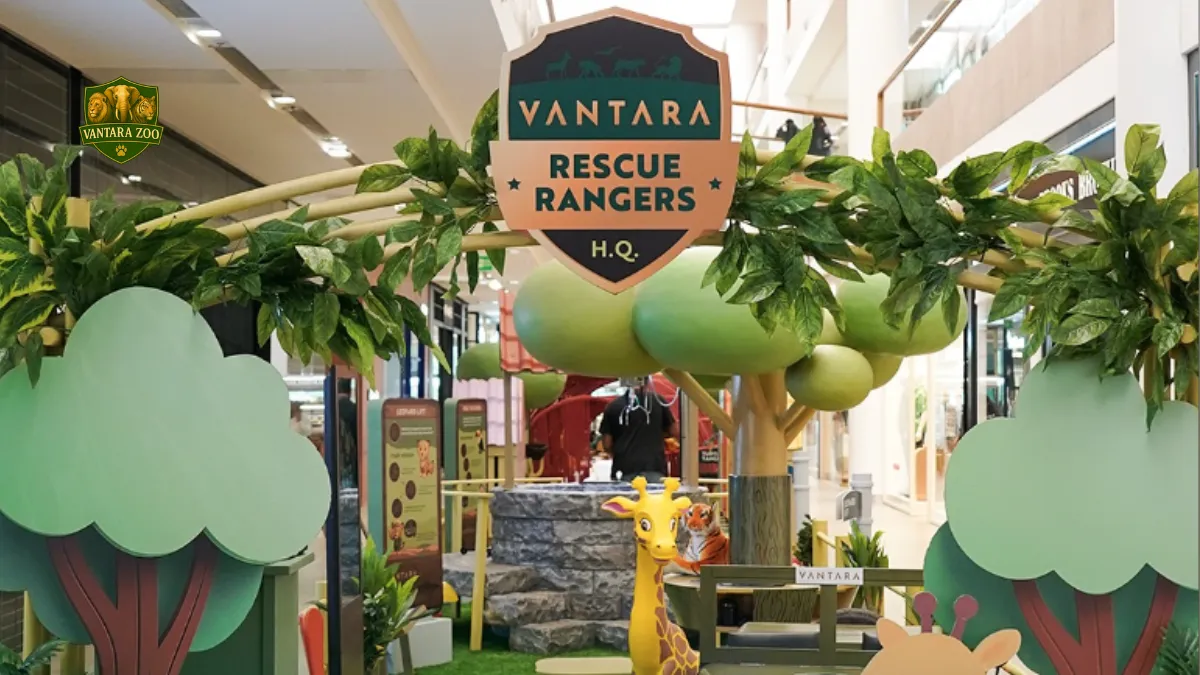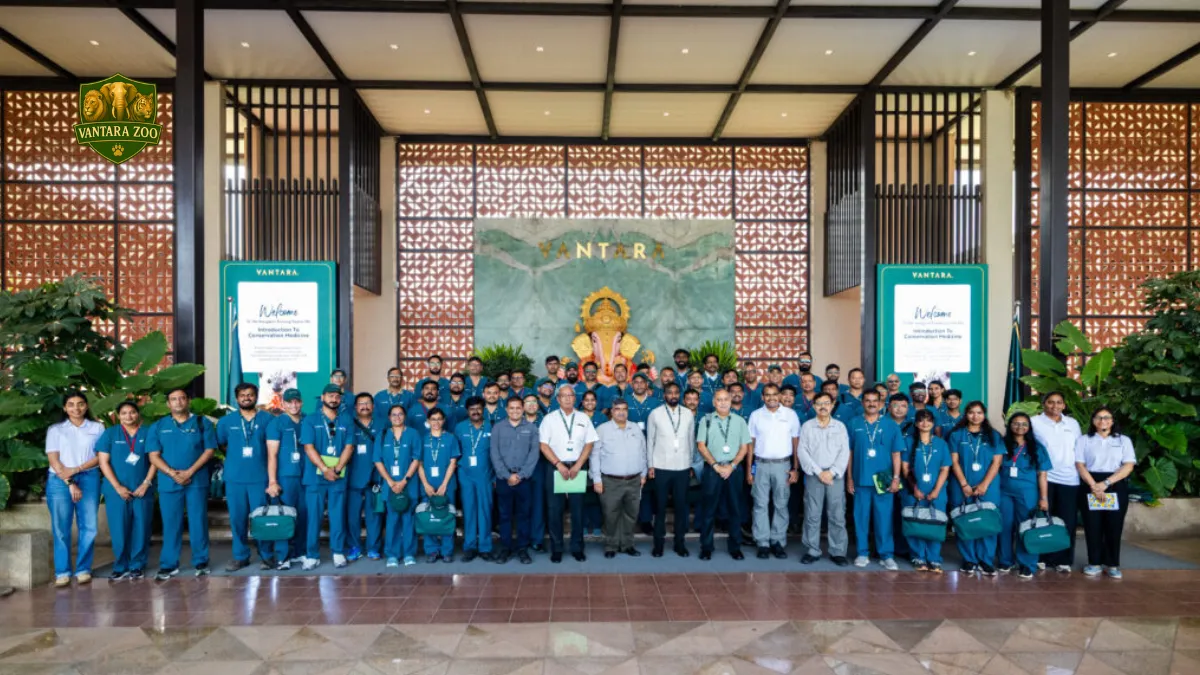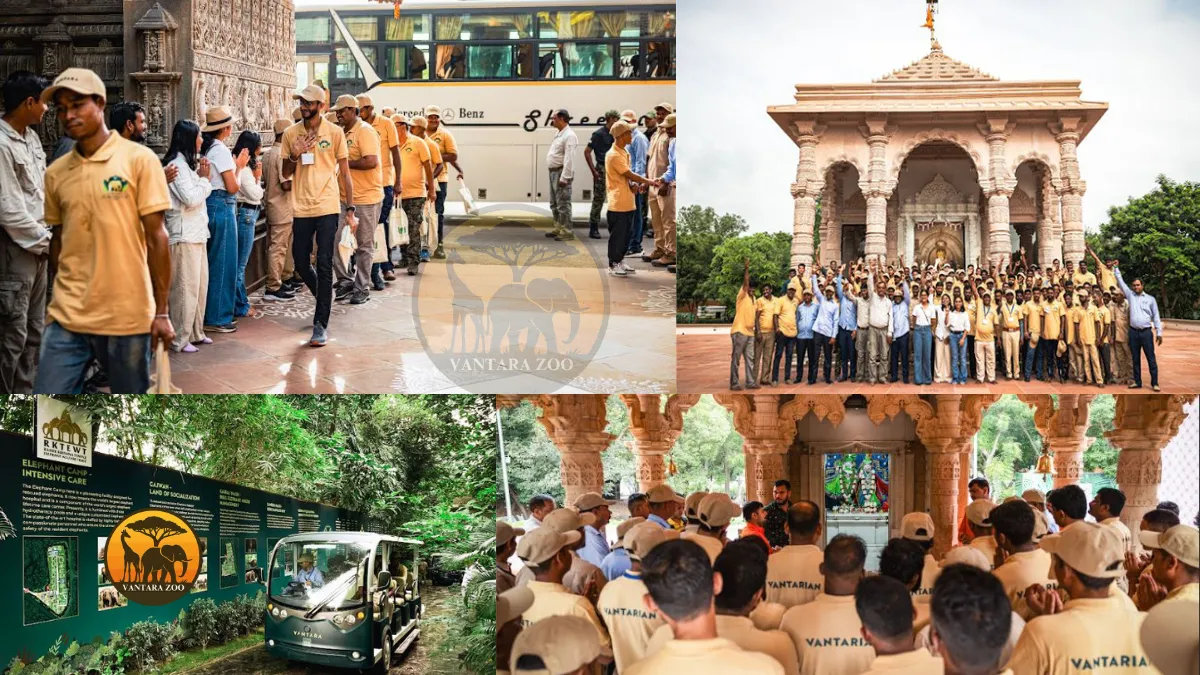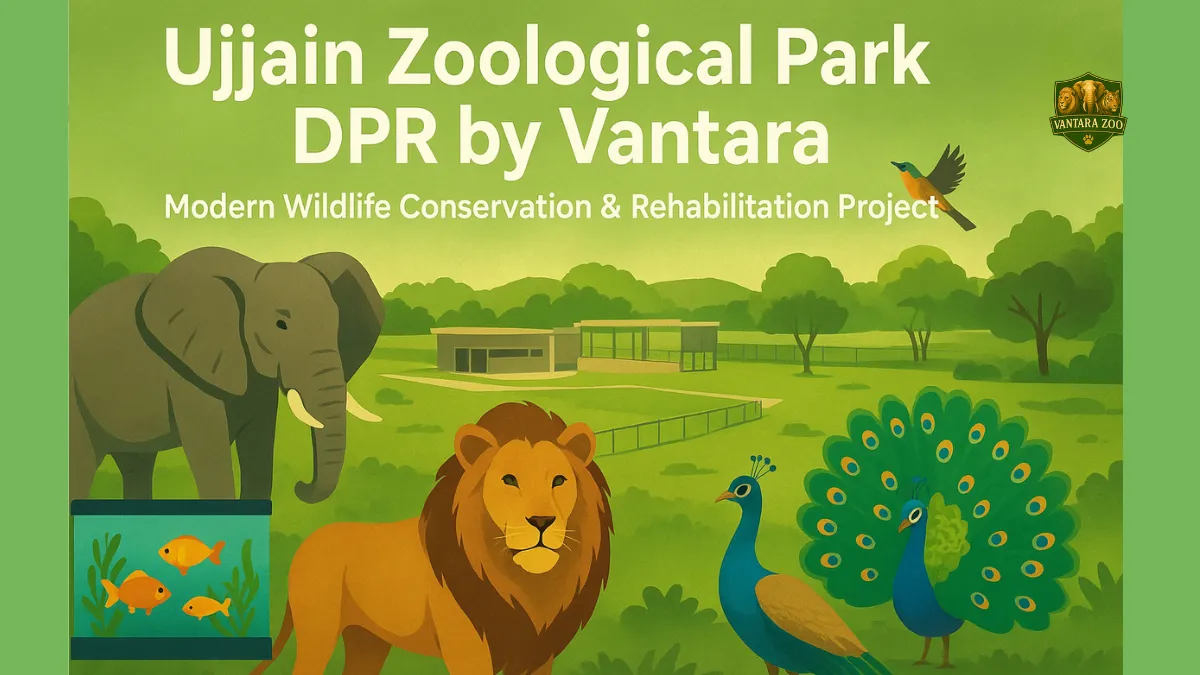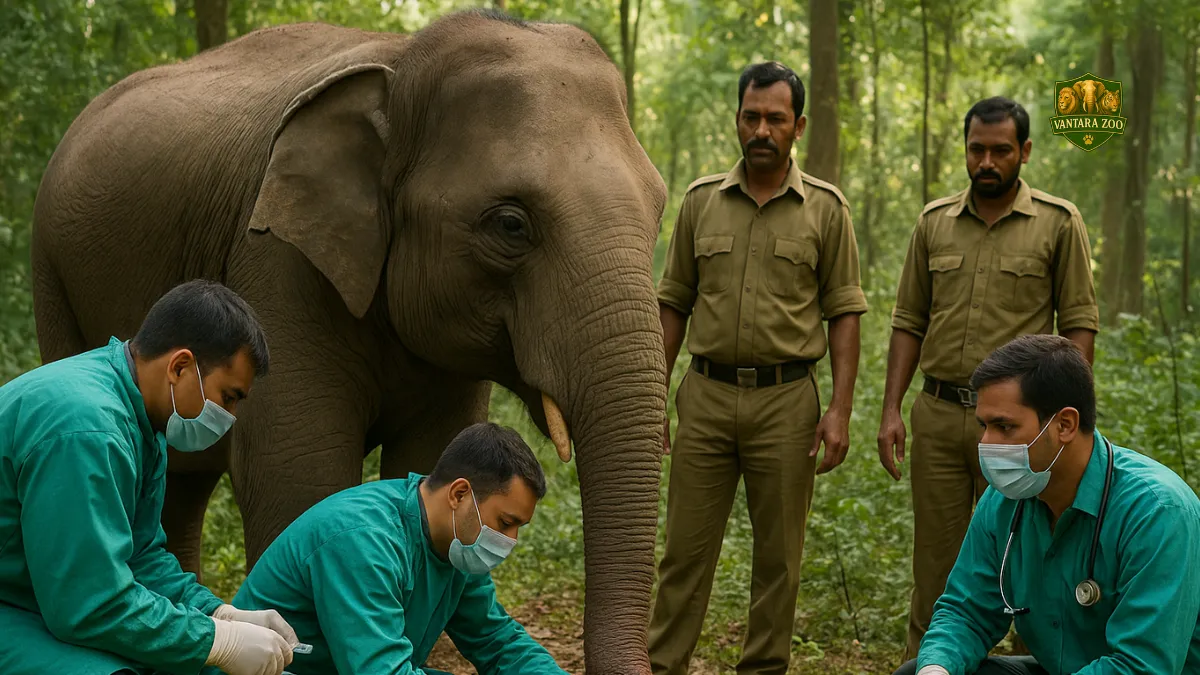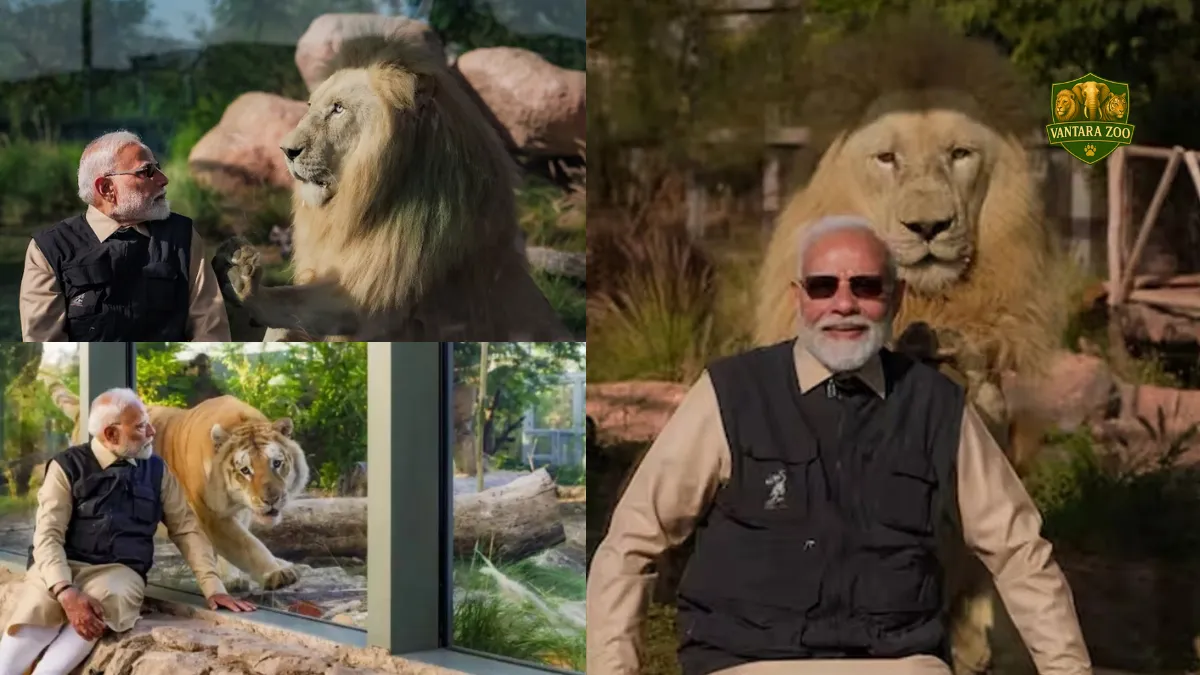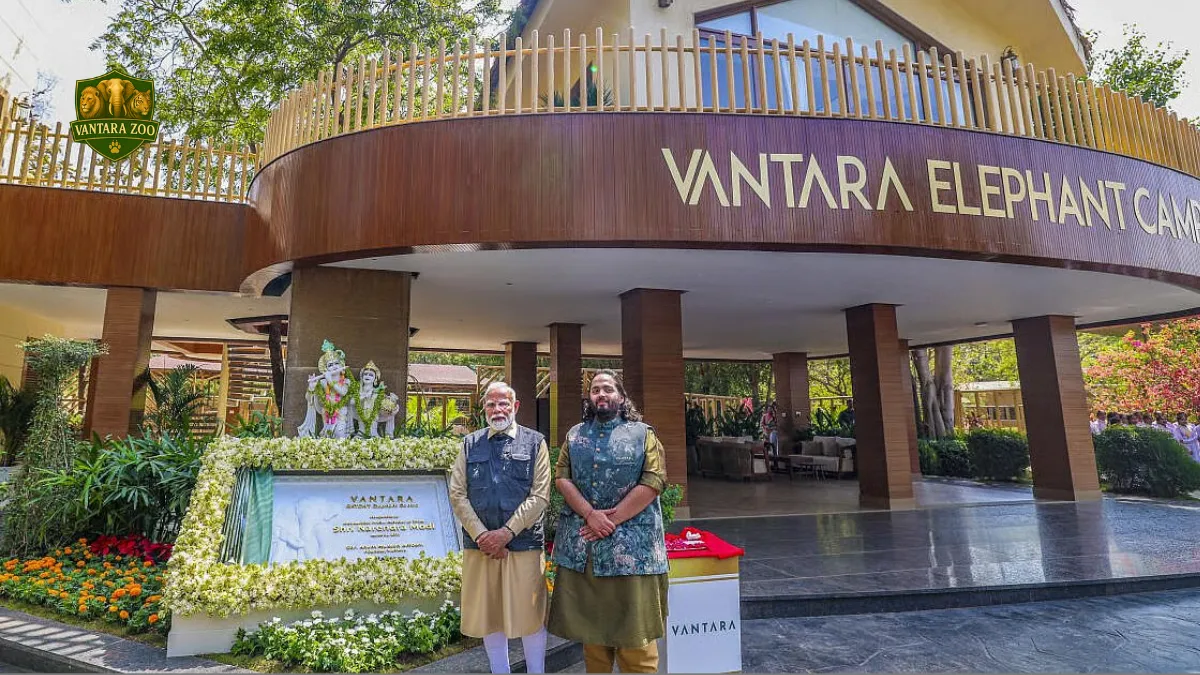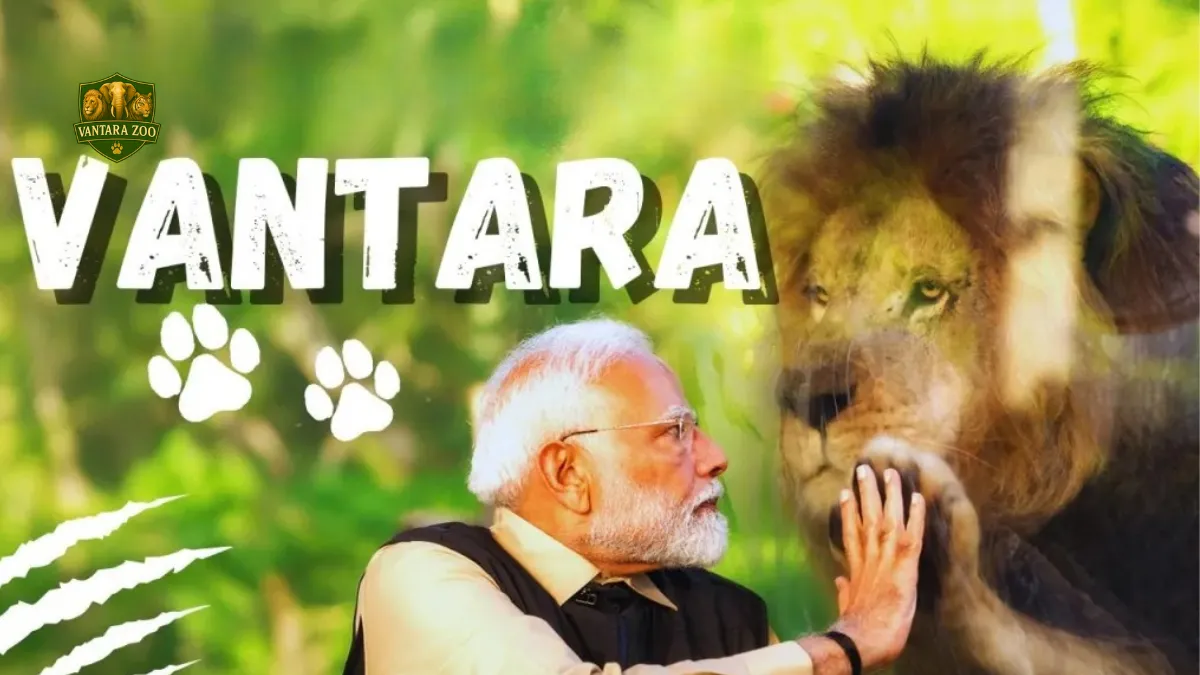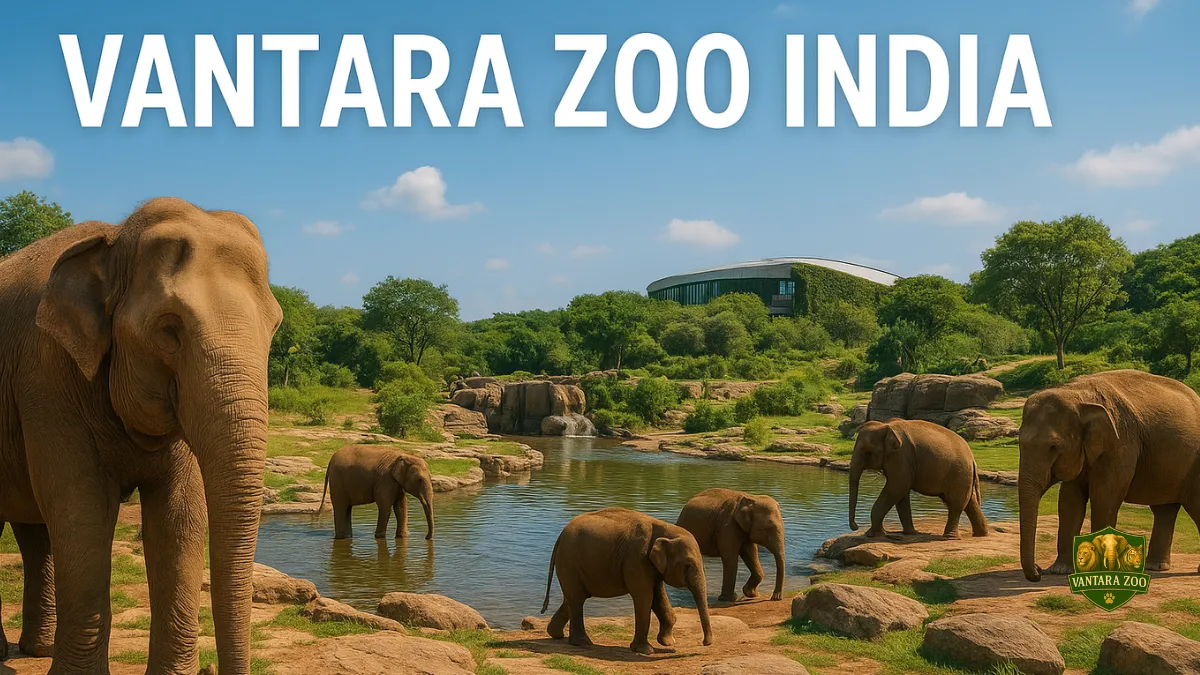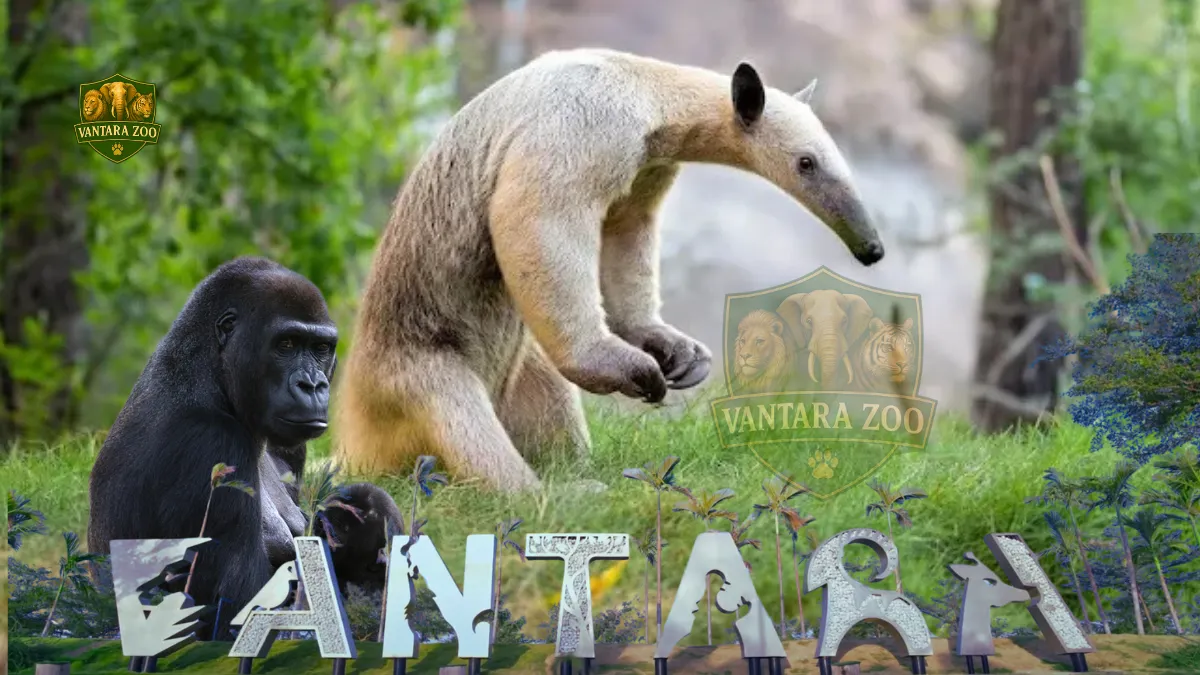The term “Introduction to Conservation Medicine” is becoming increasingly important in today’s world, where the health of animals, humans, and the environment are deeply interconnected. Conservation medicine focuses on saving endangered species, protecting natural habitats, and providing modern medical care to wildlife. In India, organizations like Vantara in Jamnagar, Gujarat are taking the lead by hosting professional veterinary training programs under this concept.
This guide will give you a complete overview of conservation medicine, why it matters, how veterinarians are trained, and what the future of this field looks like. If you are a wildlife enthusiast, student, or veterinarian, this article will help you understand the foundations of Introduction to Conservation Medicine in a simple and practical way.
What is Conservation Medicine?
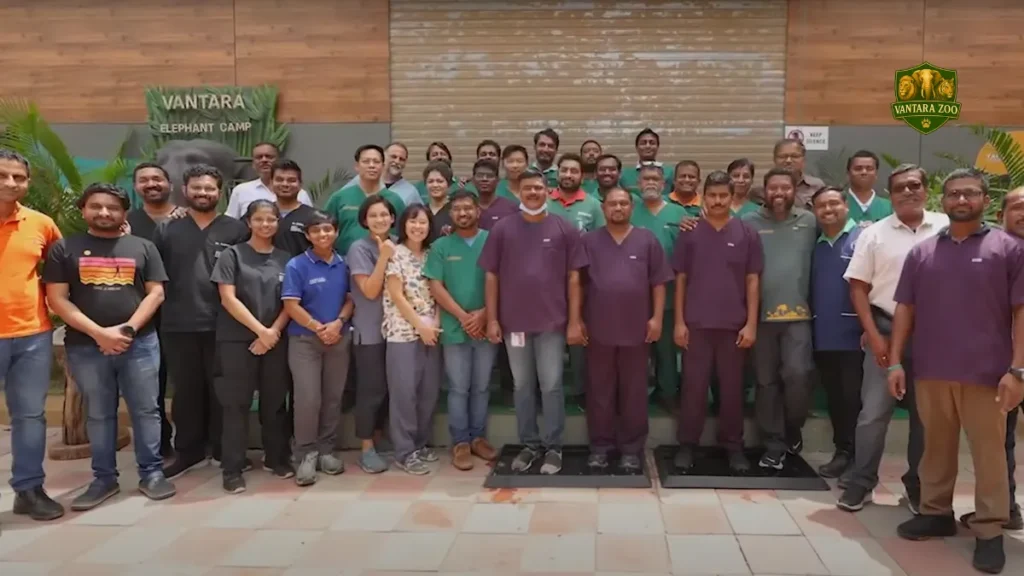
Conservation medicine is a multidisciplinary field that connects veterinary science, human medicine, and environmental science. Its goal is to ensure that both wild and captive animals live healthier lives, while also protecting ecosystems.
The Introduction to Conservation Medicine serves as the first step for veterinarians and wildlife professionals to understand:
- Animal diseases and how they spread
- The impact of climate change on wildlife health
- Emergency medical care for endangered animals
- Rehabilitation and long-term management of rescued species
In short, conservation medicine is about healing the wild and keeping the balance between people, animals, and nature.
Why is Introduction to Conservation Medicine Important?
The growing threats of deforestation, poaching, pollution, and climate change have created new challenges for animal survival. Many wild animals now suffer from health problems like malnutrition, infections, injuries, and reproductive issues.
The Introduction to Conservation Medicine is important because:
- It prepares veterinarians with modern tools to handle wildlife emergencies.
- It helps zoos, rescue centers, and sanctuaries to improve animal healthcare.
- It creates awareness about the connection between animal health and human health (One Health concept).
- It strengthens conservation efforts at local, national, and global levels.
Vantara’s Role in Conservation Medicine
Vantara, located in Jamnagar, Gujarat, is one of the largest animal rescue and rehabilitation centers in the world. With over 150,000 animals from 2,000 species, it provides a safe home for injured, rescued, and endangered species.
Recently, Vantara hosted a flagship training program titled “Introduction to Conservation Medicine”, where 54 veterinarians from across India participated. The three-day course (August 18–20, 2025) included classroom lectures, clinical demonstrations, and field-based sessions.
The training covered:
- Emergency response and anesthesia for wild animals
- Diagnostic procedures and preventive healthcare
- Nutrition and dental health for different species
- Reproductive health and podiatry (foot care)
- Wildlife rescue and rehabilitation techniques
Key Highlights of the Training Program
Here is a table summarizing the major details of the Introduction to Conservation Medicine program:
| Topic | Details |
|---|---|
| Organized by | Vantara, Jamnagar, Gujarat |
| Dates | 18–20 August 2025 |
| Participants | 54 veterinarians from zoos and wildlife centers |
| Focus Areas | Emergency care, diagnostics, nutrition, anesthesia, reproductive health |
| Special Guests | Dr. V. Clement Ben (CZA), Digvijay Singh Khati (Ex-PCCF), Dr. Pradeep K. Malik (WII), Dr. Brij Kishor Gupta (GZRRC) |
| Initiative | Part of “Healing the Wild” mission |
| Future Plans | National Zoo Directors’ Conference (October 2025) |
What Veterinarians Learn in Introduction to Conservation Medicine
Veterinary professionals who join such programs gain real-life experience in:
- Treating large animals like elephants, lions, and tigers
- Understanding species-specific diseases
- Using modern diagnostic tools for quick results
- Learning safe anesthesia techniques for dangerous animals
- Managing nutrition for both herbivores and carnivores
- Improving breeding programs to save endangered species
This type of knowledge is not taught in traditional veterinary colleges, which makes the Introduction to Conservation Medicine even more valuable.
The One Health Connection
A major part of conservation medicine is the One Health approach. It explains how the health of humans, animals, and the environment is linked together. For example:
- Deforestation may cause wild animals to move closer to human settlements, spreading diseases.
- Climate change affects water and food availability, leading to malnutrition in wildlife.
- Diseases like bird flu, rabies, or COVID-19 show how animal health can directly affect humans.
By training veterinarians under Introduction to Conservation Medicine, we can prevent such outbreaks and protect biodiversity.
Challenges in Wildlife Conservation Medicine
Despite the progress, conservation medicine faces challenges such as:
- Lack of trained wildlife veterinarians in many countries.
- Limited funding and resources for animal rescue centers.
- Rapid urbanization and shrinking habitats.
- Human-animal conflicts that create risk for both sides.
These challenges show why programs like Introduction to Conservation Medicine are critical to building a stronger network of experts.
Future of Conservation Medicine
The future of conservation medicine looks promising because of:
- Advanced Technology: Use of AI, drones, and genetic testing to monitor wildlife health.
- Global Collaboration: International conferences and training programs to share best practices.
- Youth Participation: More young veterinarians and students are joining wildlife health programs.
- Policy Support: Governments are now recognizing the role of conservation medicine in biodiversity protection.
Also read:Vantara and Project Elephant Host India’s Largest Training Programme for Elephant Caregivers
How Students and Enthusiasts Can Contribute
If you are a student or wildlife lover, here’s how you can take part in the journey:
- Join workshops, webinars, and online courses on conservation medicine.
- Volunteer at zoos, animal rescue centers, or NGOs.
- Support conservation campaigns by donating or spreading awareness.
- Choose veterinary or environmental science as a career path.
By taking small steps, you can also be a part of the movement that Introduction to Conservation Medicine represents.
Also read: What is the Vantara of Ambani? Facts, Facilities, and Future Plans
Conclusion
The Introduction to Conservation Medicine is more than just a training program—it is a vision for the future of wildlife healthcare. By combining veterinary science, environmental protection, and modern medical practices, it creates a strong foundation for saving endangered animals and maintaining ecological balance.
With institutions like Vantara leading the way, India is setting an example for the world. As more veterinarians, students, and wildlife professionals join this journey, conservation medicine will become a global force for healing the planet.
